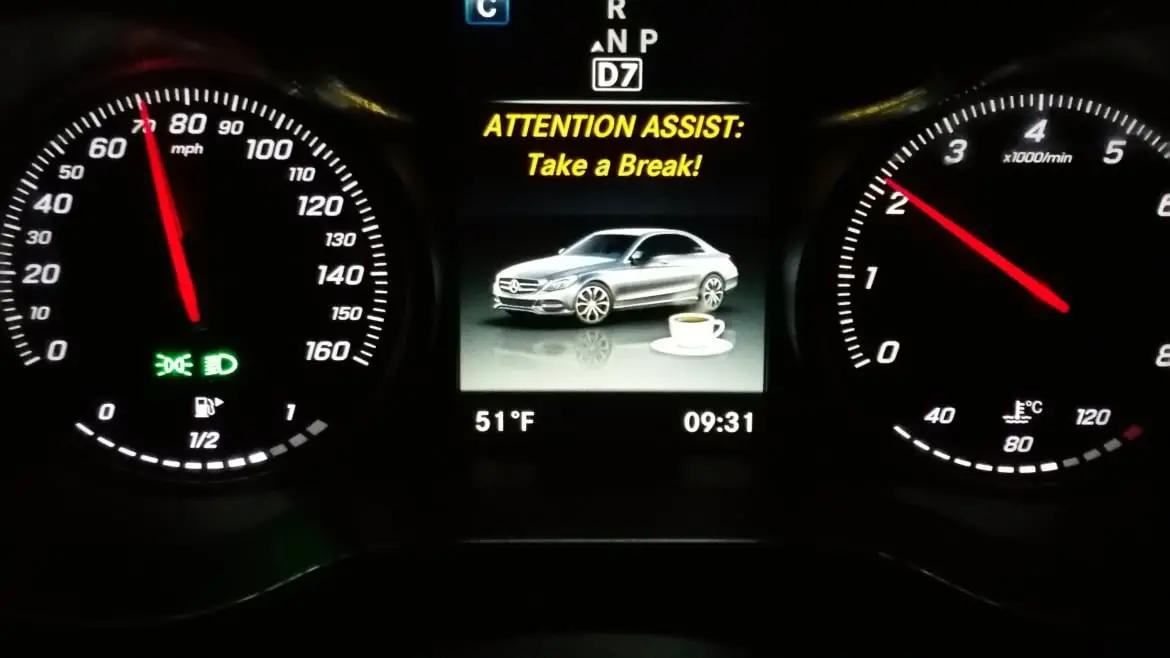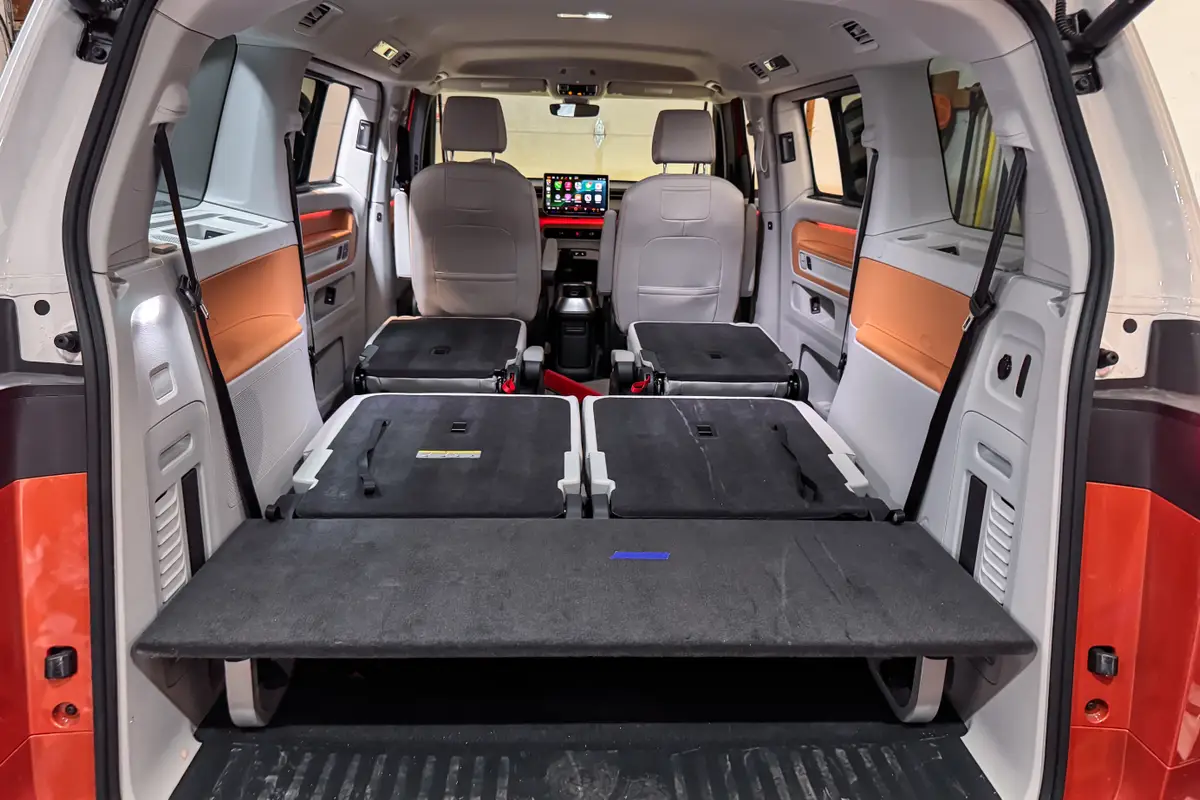Holiday Travelers, Open Your Eyes to Drowsy Driving Danger


CARS.COM — With millions of Americans planning to hit the highways in a couple of weeks for the Christmas and New Year’s holidays, it’s time to wake up to the facts of one of the biggest killers on the road: drowsy driving. According to travel-services provider AAA, drivers who have had insufficient sleep are involved in about a fifth of all fatal crashes.
Related: This Is Your Brain on Apps: The Distracted Driving Dilemma
In what seems to be typical fashion for U.S. motorists (see distracted-driving studies), we almost all admit to knowing that drowsy driving is dangerous yet continue to do it anyway.
“While 97 percent of drivers told the AAA Foundation [for Traffic Safety] they view drowsy driving as completely unacceptable behavior that is a serious threat to their safety,” AAA stated, “nearly 1 in 3 admit that at least once in the past month, they drove when they were so tired they had a hard time keeping their eyes open.”
As a motoring nation, we seem to have assimilated the message on drunken driving, but according to researchers, someone who’s had less than five hours of sleep in a 24-hour period has a crash risk comparable to someone driving drunk. Meanwhile, the Centers for Disease Control and Prevention reports that 35 percent of U.S. drivers sleep less than the recommended seven hours a night.
Here’s how the research breaks down in terms of hours of sleep as it correlates to crash risk:
- Six to seven hours of sleep: 1.3 times the crash risk
- Five to six hours: 1.9 times
- Four to five hours: 4.3 times
- Less than four hours: 11.5 times
Moreover, the National Sleep Foundation concluded that someone who has slept two hours or less is unfit to be behind the wheel at all.
“Symptoms of drowsy driving can include having trouble keeping eyes open, drifting from lanes or not remembering the last few miles driven,” AAA stated.
Other signs include trouble focusing or keeping your head up; daydreaming or having wandering, disconnected thoughts; yawning frequently or repeatedly rubbing your eyes; missing signs or passing your exit; and feeling irritable and restless.
The auto industry has employed technology to help combat drowsy driving by picking up on these symptoms and alerting drivers to their lack of alertness. Mercedes-Benz was a pioneer in this area, and the Attention Assist feature on Cars.com’s former 2015 C-Class long-term tester was effective in creating a profile of the driver’s proclivities early on in a trip, then later sensing signs of fatigue like small, quick steering corrections and a lack of interaction with dashboard controls. The system makes this known by sounding a chime and displaying an alert in the gauge cluster instructing the driver to “Take a break!” and even implying that stopping for a cup of coffee might not be a bad idea.
“However, more than half of drivers involved in fatigue-related crashes experienced no symptoms before falling asleep behind the wheel,” AAA warned.
For this reason, AAA recommends keeping your eyes open to the dangers of drowsy driving before it becomes a threat. Here are some tips:
- Get at least six hours of sleep the night before a long trip.
- Travel at times when you’d normally be awake, avoiding the temptation to drive straight through the night during “sleepy times.”
- Schedule a break every two hours or 100 miles.
- Pull over at a rest stop and take a nap if you become sleepy.
- Avoid working all day and then immediately leaving on a long trip.
- Drink a caffeinated beverage 30 minutes before you need it to kick in.
- Ride with an alert passenger and take turns driving.
- Avoid medications that cause drowsiness or other impairment.
- Avoid heavy foods.

Former Assistant Managing Editor-News Matt Schmitz is a veteran Chicago journalist indulging his curiosity for all things auto while helping to inform car shoppers.
Featured stories




